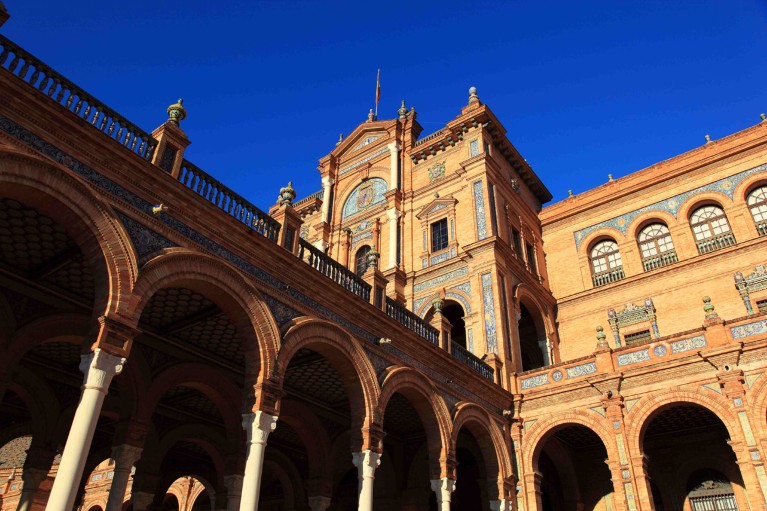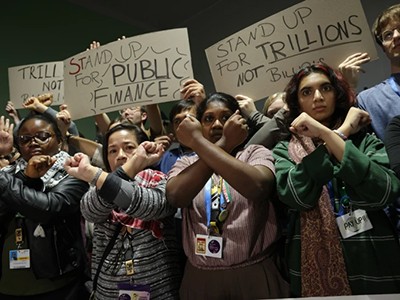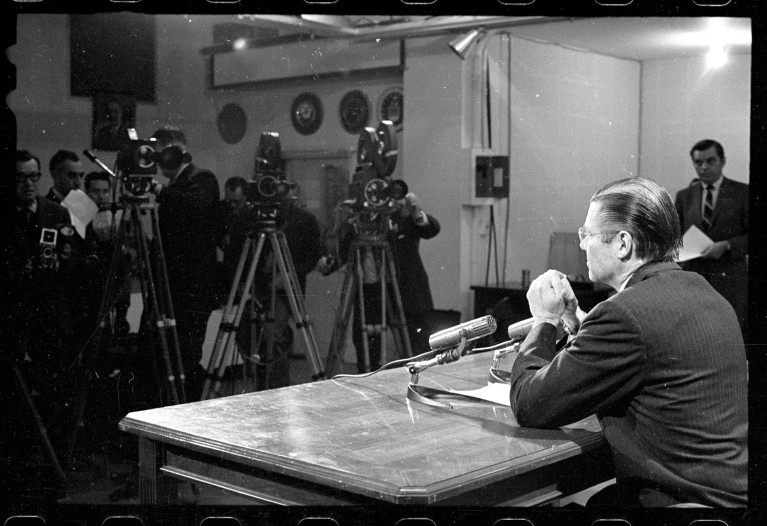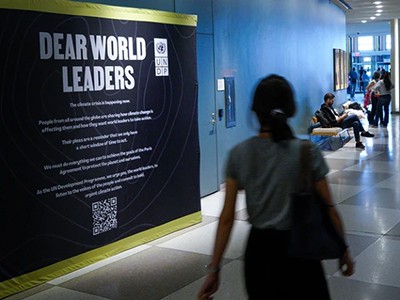
The 4th International Conference on Financing for Development will take place in Seville, Spain, between 30 June and 3 July 2025.Credit: Bildagentur-online/Universal Images Group/Getty
In 2022, the latest year for which full data are available, the world spent just short of US$10 trillion on health care. The United States was by far the largest single spender, representing 43% of the total. At the other end, around 75 of the poorest countries spent less than 4% of the global total, and many are not allowed to increase this. That’s because they owe huge sums to richer countries — and the lending agreements say that paying off debts has to be prioritized ahead of public spending.

Good COPs, bad COPs: science struggles in a year of environmental summits
This is just one example of how inequity is baked into the world’s financial system — creditors can dictate lending terms to some of the most vulnerable countries without any oversight. However, in June and July 2025, the international community will have an opportunity to ensure that this situation can be consigned to history.
Leaders of global financial institutions will meet in Seville, Spain, for a summit on funding the United Nations Sustainable Development Goals (SDGs), of which SDG3 is about ensuring health for all. By some estimates, upwards of $2 trillion annually are needed to achieve the SDGs, according to analysis (see go.nature.com/4iigk6c) from the UN’s trade body UNCTAD, based in Geneva, Switzerland. As we reported in our December 2024 editorial (Nature 636, 521–522; 2024), the sums of money currently on offer are much lower than what is needed. Delegates should strain every sinew to ensure that the Seville meeting succeeds.
Yesterday’s system
Today’s ‘international financial architecture’ has its roots in the 1944 UN Monetary and Financial Conference in Bretton Woods, New Hampshire. This meeting created two global lenders: the World Bank to finance post-war reconstruction, and the International Monetary Fund (IMF) as a sort of ‘lender of last resort’.
As the most powerful nation to emerge from the war, the United States became the largest shareholder in both the World Bank and the IMF, with veto powers on key policy decisions. Washington DC was chosen as both organizations’ headquarters and the dollar became the world’s reserve currency — all countries use it to trade and for borrowing. The rest of the world essentially lives by these rules.

Former US defence secretary Robert McNamara, announcing in 1967 that he is leaving to become president of the World Bank. McNamara was the architect of a policy called structural adjustment, in which countries deprioritized public spending as a condition of World Bank loans.Credit: Bettmann/Getty
Economists knew that the system had flaws. For example, when central banks raise interest rates to bring down inflation, it can make many other countries poorer by putting more pressure on borrowers to find the money needed to keep up with loan repayments. This happened during and after the COVID-19 pandemic. The situation was worsened because many currencies also lost significant value against the US dollar, in part because of restrictions on exports.
And so, at a time when countries need to obtain significant extra financing to achieve the SDGs, many are instead battling to remain solvent. And when they go to climate or biodiversity conferences, there’s little financing offered, with creditor countries saying they have to prioritize austerity at home.
Connecting the dots
Many low- and middle-income countries have therefore sought alternative routes. China, for example, is now a big global lender in its own right, offering a mix of grants and loans at concessionary rates, independently of the IMF and the World Bank. China is the main shareholder in the Asian Infrastructure Investment Bank. Together with other countries in the BRICS group — including Brazil, Russia, India and South Africa — it has also established another international lender called the New Development Bank.
There is a lack of formal coordination between old and new lenders, which is among the reasons the Seville meeting must prioritize financial-governance reform. UN secretary-general António Guterres wants to create a coordinating body for international financial institutions. Lenders need to be supervised by regulatory bodies. The world’s largest lenders have no such system or body to report to. When a team from the World Bank or the IMF goes into a country with debt distress, there needs to be an ‘honest broker’ who can effectively protect the country’s interests and advocate on its behalf.

Rich countries must align science funding with the SDGs
After the 2008 global financial crisis, regulators learnt that they need to have oversight of what is happening, from the level of institutions all the way to entire financial systems. It makes no sense that the largest institutions can still operate without anyone to report to other than their own boards (A. G. Haldane and R. M. May Nature 469, 351–355; 2011).
Another priority for the meeting has to be ensuring that indebted countries are not penalized for things outside of their control, such as inflation caused by a pandemic, having to rebuild after natural disasters or dealing with the effects of climate change.
And decisions must always be informed by evidence from a consensus of the research. For example, there is good evidence that, in the long run, it is best that public finance be the main contributor to infrastructure, rather than private capital (see go.nature.com/49t6xey). This is because public sources do not need returns on their investments at the scale or the speed that private sources do. And this is better for projects that take time to build, or that will need a long time to pay back creditors.
It is crucial that the Seville meeting raises sufficient finance for the SDGs and takes concrete steps towards governance reform, building on a long history of previous attempts. Let’s make 2025 the year when international finance really does meet the needs of those who require it the most, without exploiting their vulnerabilities.






